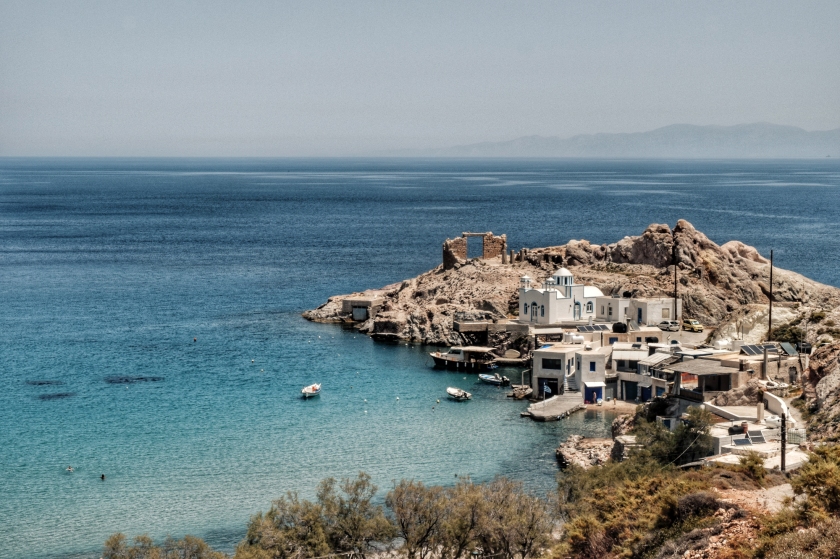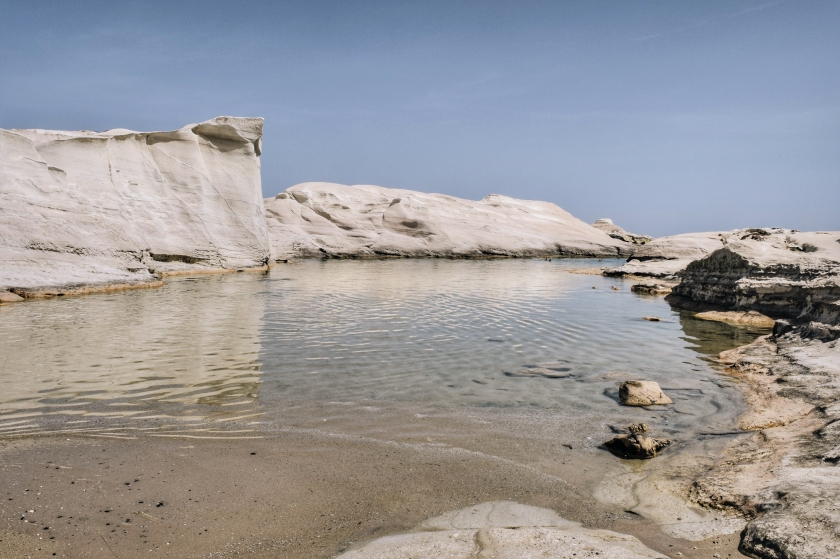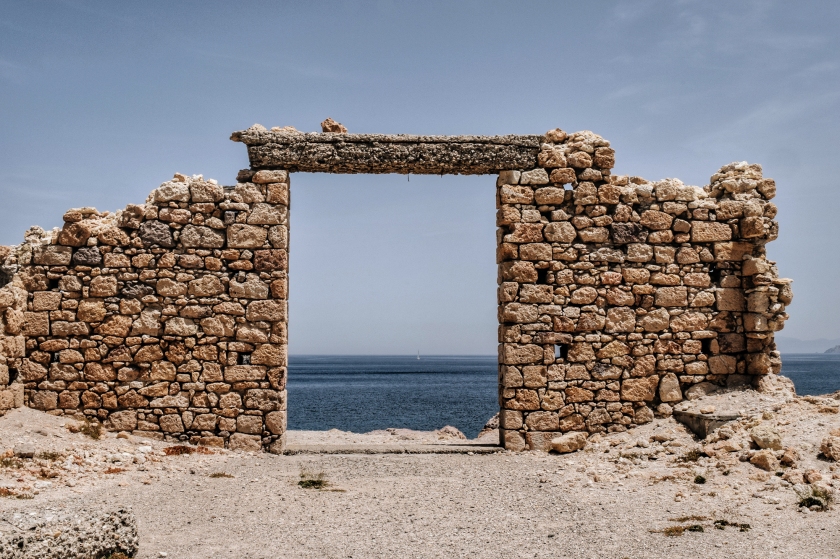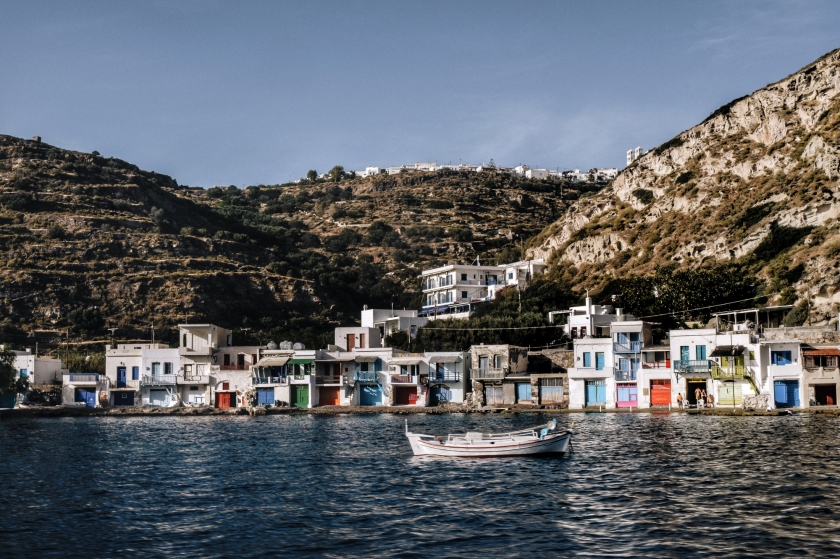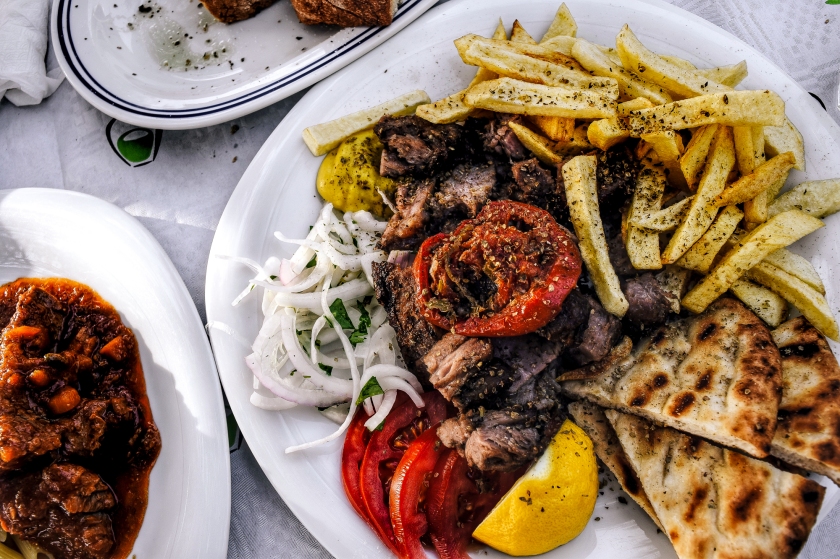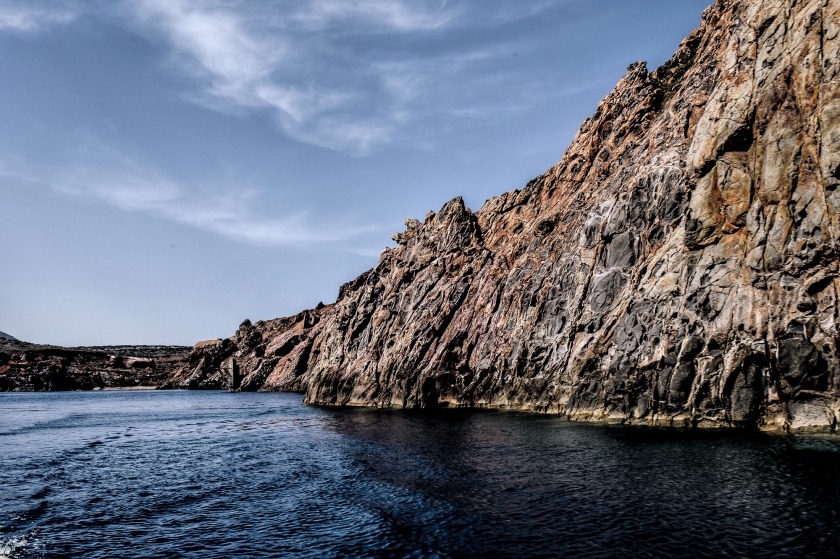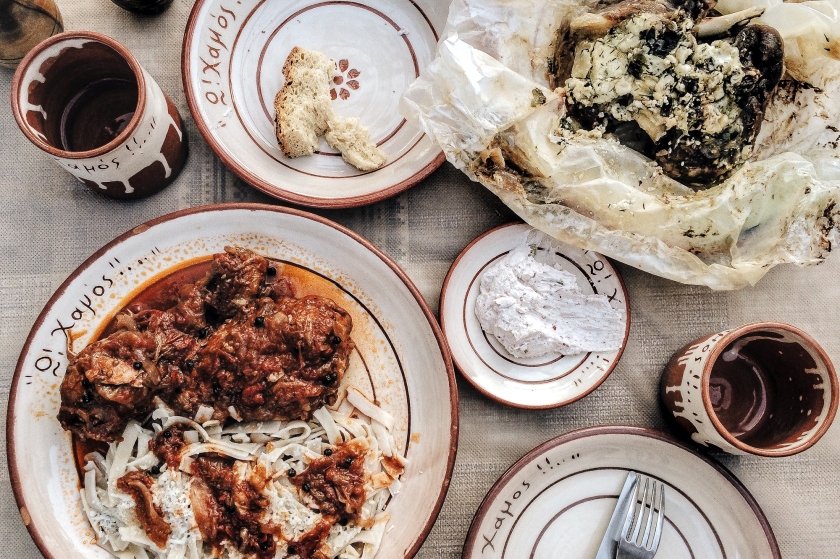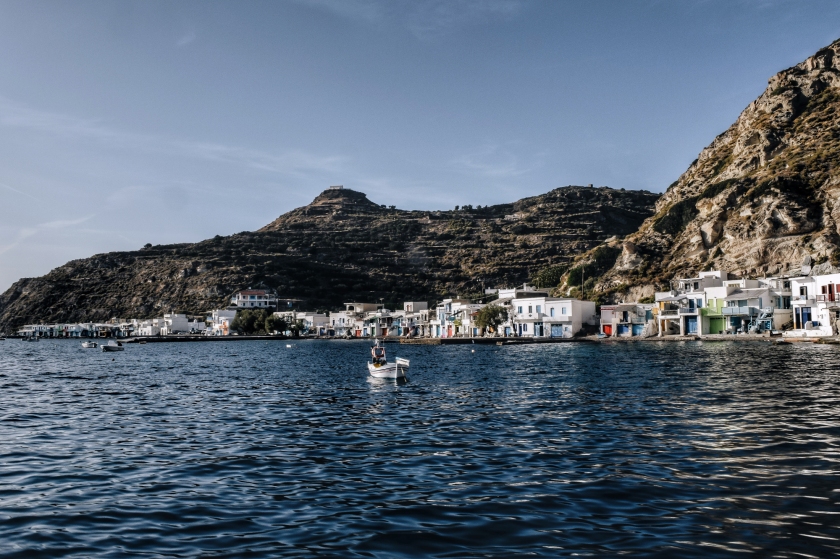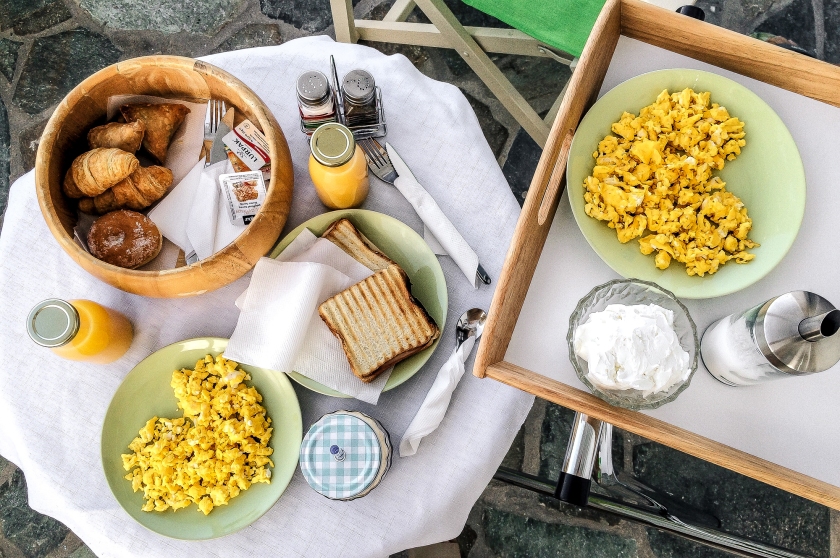The first rays of dawn peeked over the horizon, colouring the sand in a deep ochre. The panting sound of tenacious dune climbers was distinct in the whistling wind that swerved through the shapeshifting sand dunes in the Namib-Naukluft National Park. They were determined to reach the top of the dune for the sunrise. Minutes flew by and they pressed on, determined to be a spectator of one of nature’s great spectacle. And it was sublime – a mix of red and orange spilling across the immeasurable desert. For a breathless moment, everyone stood in awe of the sight. Orange star dunes partially hidden in the black shadow. The shimmering heat waves danced on the pan. Miles away, a lone oryx grazed on the scarce vegetation dispersed in the parched sand.
For decades, the Namib Desert has been a subject of intrigue, an arid region covering most of Namibia and parts of South Africa and Angola. A small number of roads cut into the world’s oldest desert where desert-adapted species such as lions, elephants and oryxes roam free. With striking landscapes, exclusive lodges, soaring dunes and 55 million years of history, Namibia is finally ready to come out of her shell.

THE DESERT
For the spectacle described above, head to Sossusvlei for the orange hued dunes that seem to touch the sky, with Big Daddy dominating the scene at more than 300 meters high. The climb up the dune is onerous but the view is breathtakingly worthwhile. After ascending the top, slide down Big Daddy to Deadvlei, a clay pan where startling bare trees stand on a barren white clay pan. Other noteworthy dunes include Dune 45 just 40 minutes from the gate. For the most accessible dune, Elim Dune is just 10 minutes from the gate and best seen at sunset for views of the Naukluft Mountains bathed in burnt orange tones. The lush vegetation of its surroundings also beckons herds of wildebeests and oryxes.















THE COAST
In western Namibia, the coast of the Namib Desert is a world of difference from Sossusvlei. Here, the temperature drops and a dense fog lies thickly upon this coastal stretch of increasingly vibrant civilisation. A short drive away from Swakopmund, the hostile climate makes the Skeleton Coast in the northern reaches of the desert an eerie setting for shipwrecks and beached whale bones. Just an hour away from the south of the Skeleton Coast, hundreds if not thousands of seals congregate at Cape Cross. This unprimed tourist spot is nature at its best.
Move further south and you will end up at the Sandwich Harbour where off-road adventures are the norm. Take a 4×4 ride with Turnstone Tours for an all-day drive on the roaring dunes. In the afternoons, dig into a homemade picnic of oryx lasagne, tuna salad and pumpkin cakes while watching the ocean waves glide against the desert sand.
While Sossusvlei’s dunes are a larger than life spectacle, Dune 7 near Walvis Bay holds the title as Namibia’s tallest dune at more than 380 metres. Park your car under the palm trees and opt to go quad biking or sand boarding. A short drive away from Swakopmund will take you to the Moon Landscape. At this outlandish panorama, you can see miles and miles of cracked bedrock washed out in leaden shades.
THE FOOD
The coastal town of Swakopmund is the heart of the food scene in the Namib. Farmhouse Deli On The Mole does a morning pick-me-up with yogurt and granola power bowls and egg white omelettes. For local fare, Village Café is a familiar haunt amongst the locals for its no frills Village breakfast of boerewors, eggs and toast. You will be kept entertained by the upbeat atmosphere and an amusing café menu that knows a joke or two. For candlelit dinner dates, The Wreck does sea view dining without the chilly temperature. Go for the seafood – squid stuffed with spinach or grilled fish on mushroom risotto. It will not disappoint. And of course, steaks are a must in Namibia and the Namib Restaurant does a mean steak fillet.











THE ROOMS
Stay inside the Namib-Naukluft National Park for the dramatic sunrise from the top of the Sossusvlei dunes. andBeyond Sossusvlei Desert Lodges does blissful desert living to a tee with impeccable rooms, 4×4 safari drives, star gazing and dinners in the dune. Also located within the national park, Sossus Dune Lodge is an austere abode with eco-friendly thatched rooms in the middle of the desert. A stay at the smartly dressed Sossusvlei Lodge just outside the gate to the national park is worthwhile for the sundowner drives in the private reserve, dinners at the open-air braais and dips in the pool with desert views. Just 10 minutes away from the gate, Desert Quiver Camp and Desert Camp have contemporary rooms with a tinge of camping vibes. All rooms are outfitted with a kitchen, and fresh food can be ordered for a meat grilling fest overlooking the savannah.
Near Walvis Bay, Bay View Resort Namibia is fast to catch up to the hotel game with sizeable rooms and a penthouse that is dressed to kill. Take your breakfast al fresco and watch the kids frolic on the beach. Evenings are best spent in the balcony hearing the rhythmic crashing of the waves as the fog rolls in from the sea to rest upon the darkened shore.































































